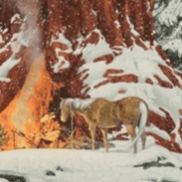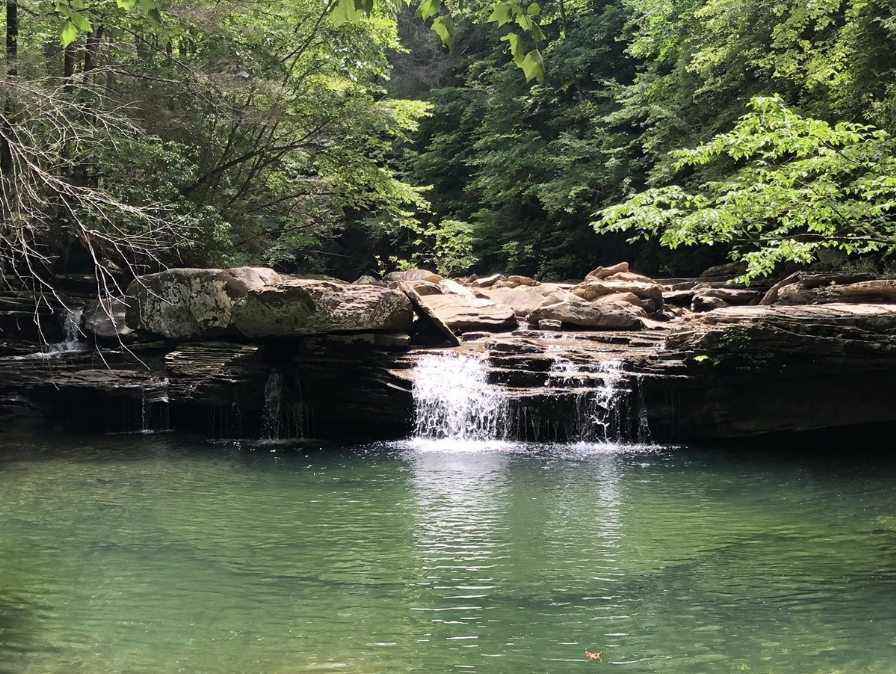-
Posts
5,628 -
Joined
-
Last visited
Content Type
Profiles
Blogs
Forums
American Weather
Media Demo
Store
Gallery
Everything posted by Holston_River_Rambler
-
That's ideal. I want to be stuck in Boone for 3 - 4 weeks. I will be at the base of Grandfather mountain and want to have to march up to the summit to see any hope of rescue from the HISTORIC snow drifts that approach the swinging bridge. Hopefully the NWS will have to invent a new warning criterium for what I will experience. Ultra Blizzard Warning, colored black like the color my flesh would be after only minutes out of doors unprepared. I want to see the tears of those who dread snow and ice to freeze as the flow down their frostbiten faces. They'll have to rename the month of March "Snow," it will be so historic, so dreadful, so cold, so snowy. Roads will be impassable and antifreeze frozen. Spring Break will be a mere legend, a long forgotten dream in the hearts of children, covered like the daffodils and redbuds in feet of icy cement. I want to read a NWS forecast discussion with words like "isothermal," and phrases like "quasigeostropic forcing out the wazoo," "frontogentic mesoscale banding," and "isentropic upthrust." The lifting mechanisms need to be compared to geologic forces, but playing out in meteorological time scales. Heavy. At. Times.
-

2021-2022 Fall/Winter Mountains Thread
Holston_River_Rambler replied to BlueRidgeFolklore's topic in Southeastern States
Hi all over and in the far blue mountains. Sadly I will be just west of Boone (halfway between Boone and banner Elk) for what right looks like a nice plateau TN snow. I've never been there for a storm like this, so what are some reasonable expectations? Most of the models keep the snow west of the mts, but I also know elevation can make a huge difference once the low moves NE and you get the thermal profile crashing. Looks like I will be right at 3200 feet, just off 105 and up a hill. I also suspect the models have a hard time resolving rain and snow lines in the mountains, but don't really have any experience. -
Not enough coffee to dig into exciting things like frontogenesis right not, but I think we had a pretty nice slp pass on some of those runs. Been prepping for my Boone trip which all but guarantees someone gets hammered. I'll be following along though and may force the people I'm staying with to drive me the 20 minutes up to Beech Mt.





